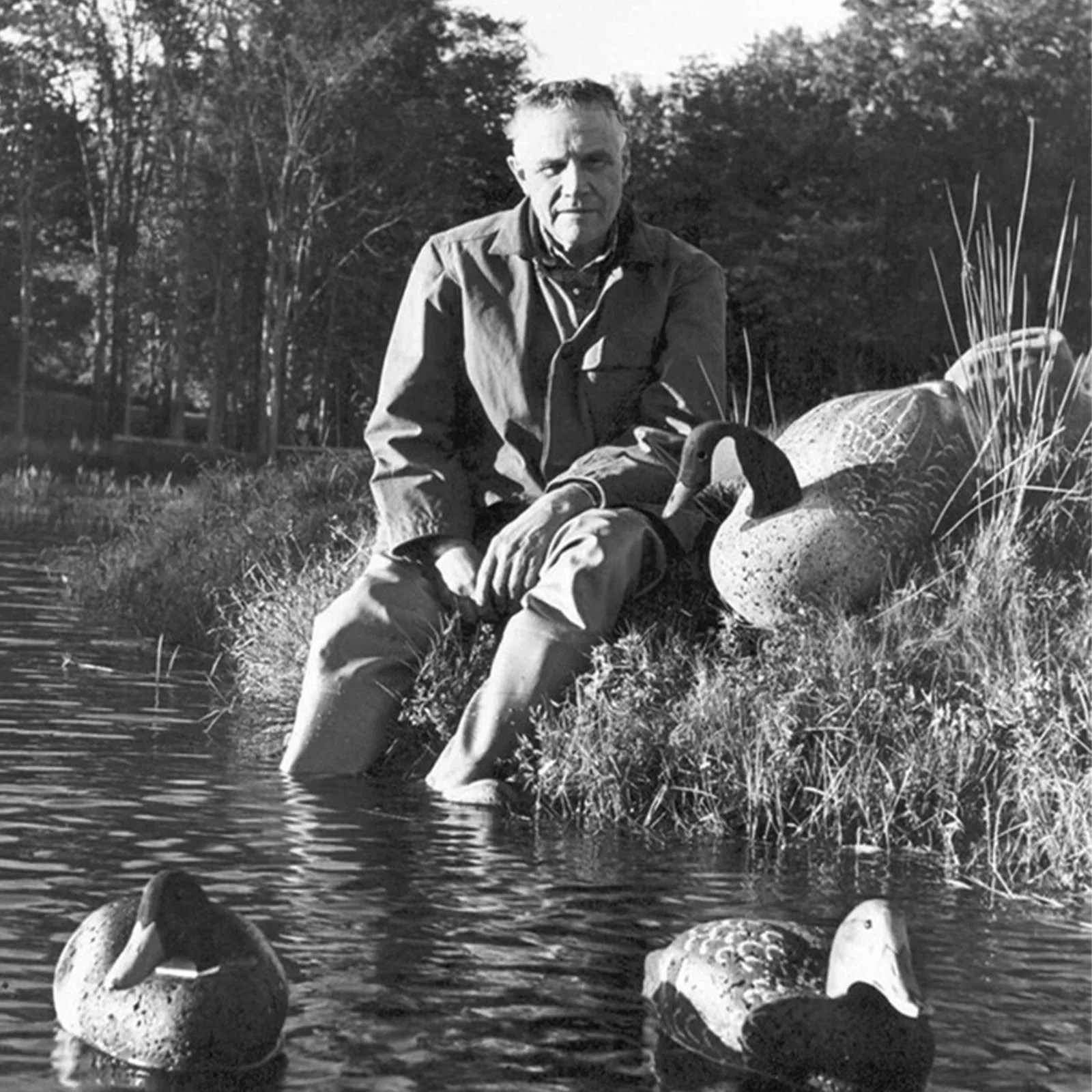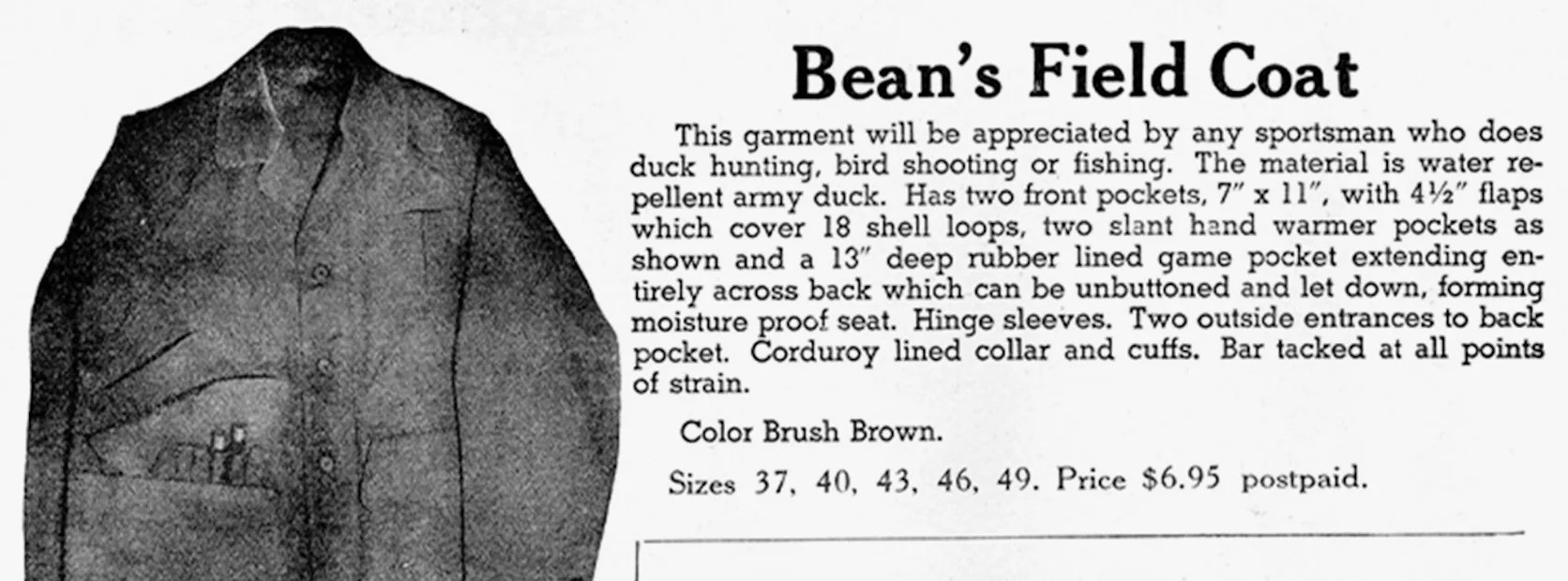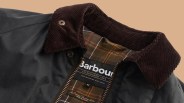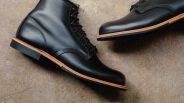When I moved from the Northeast to the Midwest for college several years back, I really didn’t update my wardrobe much. Flannel shirts, Levi’s jeans and Sambas seemed to transition just fine.
Then a harsh winter hit, and I made two key purchases: a pair of Timberland Yellow Boots and an L.L. Bean Field Coat.
“The Field Coat began as a hunting jacket but was adopted for daily use. Details like the oversized flap pockets, corduroy collar and cotton canvas fabric make it easy to wear, functional and a timeless style icon.”
— Brian Davis, founder of Wooden Sleepers
Both items served me well on brutal treks to an 8 a.m. geology class, among other things. Little did I know how quintessential each item is.
The boot turned 50 last year — and is still celebrating. Rolled out late last week, the brand’s “Iconic” campaign features Naomi Campbell and other notable figures in nothing but their boots.
The coat, meanwhile, hits the century mark this year, a fact I was made aware of at a recent L.L. Bean showcase. That’s where I saw up close what has enabled this garment, created for a very specific purpose, to stand the test of time.










